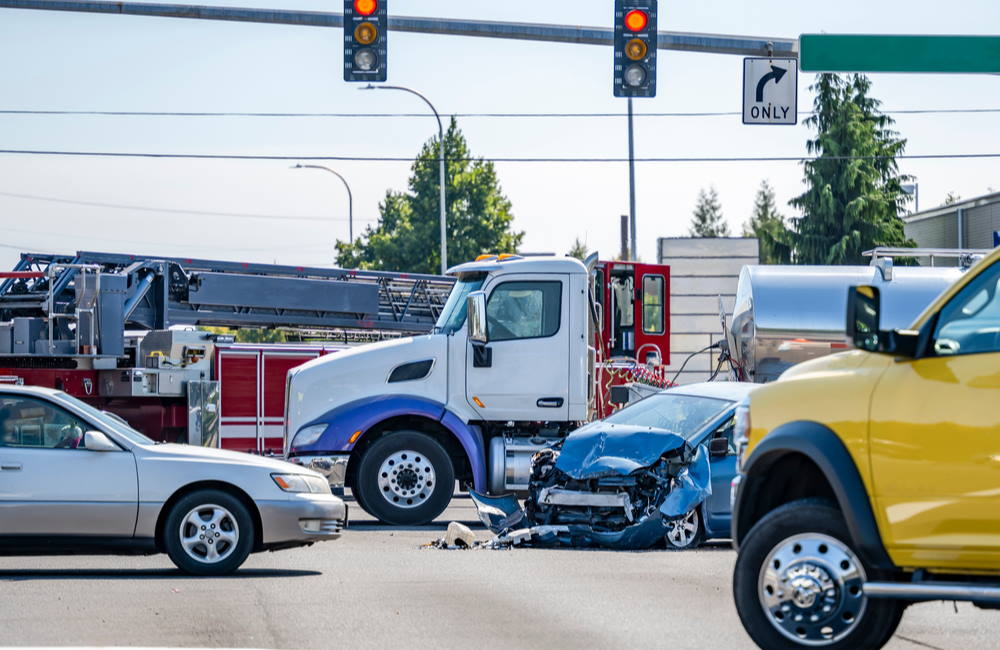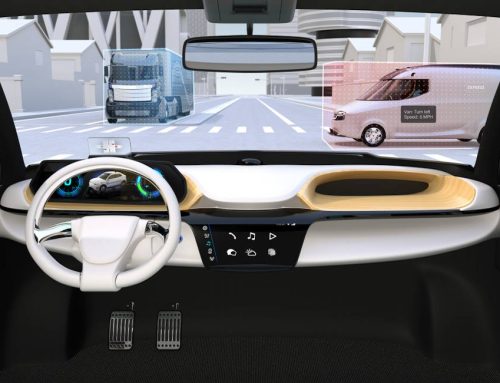A primary focus for all fleet managers is finding ways to prevent fleet crashes. Some of the most successful approaches include ongoing driver training, creation of a safety policy, and investing in advanced technology.
Developing a successful approach to the issue ranks among the biggest challenges for fleet managers. But accident avoidance systems, training drivers on the best practices for using in-cab technology and integrating both into an overall safety plan puts fleet managers on the road to a better performing operation.
Key Components to Prevent Fleet Crashes
Fleets must take a multi-faceted approach in the drive to prevent fleet clashes. The following are three key areas that most fleets should put into place.
Fleet Safety Policy
A written policy that is part of driver training will make drivers familiar with a company’s safety policies as well as the best practices to improve performance. They should cover not only aspects of driving but also such issues as driver distractions, required training and company policies around smartphone use on the job.
The safety policy leads to better driver performance by emphasizing defensive driving skills and eliminating bad habits such as sudden acceleration, sudden stops, speeding and cornering at too high of a speed. A safety policy can help not only new hires, but also at-risk drivers and veterans who want to refresh their skills.
Ongoing Driving Training
A commitment to providing driving training is a key step toward preventing fleet crashes because it focuses on habits that improve performance. These include not only adhering to smart behind-the-wheel habits, but also how to manage inclement weather conditions and different approaches for driving in urban, suburban and rural environments.
Another issue is distracted driving. The National Traffic Highway Safety Administration reports that in 2019, distracted driving played a role in nine percent of fatal crashes, 15 percent of injury crashes, and 15 percent of all crashes.
They wrote: “Often discussions regarding distracted driving center around cell phone use and texting, but distracted driving also includes other activities such as eating, talking to other passengers, or adjusting the radio or climate controls.”
Advanced Collision Avoidance Technology
A safety policy and driver training can help companies reduce crash raters and better manage risk. Advanced collision avoidance technology increases the benefits of both, helping drivers put training into practice.
As artificial intelligence improves, the options for telematics devices continue to expand. In addition to in-cab cameras and real-time driving coaching, Forward Collision Warning (FCW) systems provide one of the biggest returns on investment for fleets. FCW systems send both an audio and visual alert to drivers if the time to collide with a vehicle in front of them goes under three seconds. The system calculates time to collision using speed of vehicle and distance.
Those few seconds give drivers the time to react and avoid a crash through maneuvering or braking. Studies have shown that given a few extra seconds, drivers can avoid a majority of accidents.
These three areas are key to launching an initiative to prevent fleet crashes. They provide both drivers and fleet managers with the tools they need to improve safety, optimize performance and make fleets more productive.









